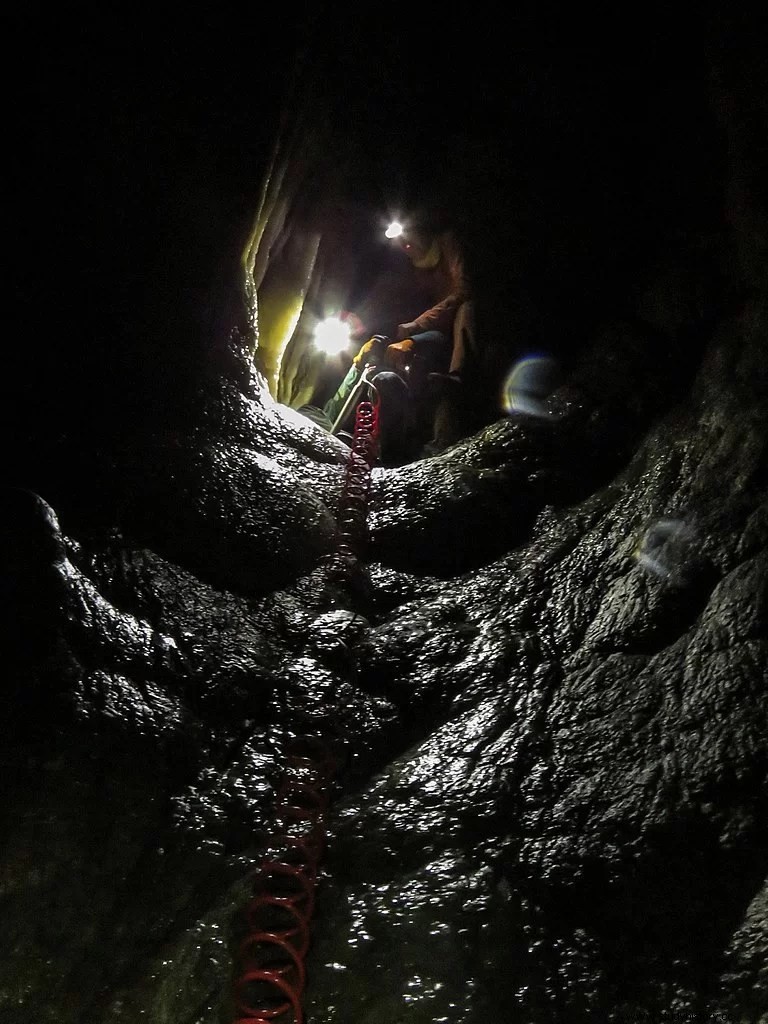Changes in the Earth's axial tilt is the most important orbital parameter in determining the end of ice ages. This is the conclusion of an international investigation published in Science in which geologists from the University of Pisa participated together with colleagues from Melbourne in Australia and Ca' Foscari in Venice.
The result was achieved thanks to the analysis carried out in the Corchia cave, in the Apuan Alps, a unique place in the world from the point of view of the study of the climate of the past.
We have been studying the Corchia cave for twenty years -says Professor Giovanni Zanchetta of the Department of Earth Sciences at the University of Pisa- its concretions, between stalagmites and stalactites, give an exceptionally clean climatic signal and are among the best materials in the world to date with the uranium-lead method, this has allowed us to answer a question debated for decades about the relationship between the Earth's orbital parameters and the variation of the climate system .

The protagonists of this scientific controversy, considered responsible for the end of the ice ages, are actually three:the eccentricity of the Earth's orbit, precession, that is, the slow change of the seasons linked to the rotational movement of the Earth, and the variation of the Earth's axis.
According to the most accredited theory until now, the most important parameter was considered to be the precession associated with the eccentricity (at least during the last hundreds of thousands of years), the rounder the orbit becomes, the more the proximity to the Sun increases – continues Zanchetta now instead we have realized that the most important variable is the variation of the tilt of the Earth's axis. This phenomenon takes place every 40 thousand years, causing greater insolation of the poles and the melting of the ice .

The study published in Science focused in particular on the end of two ice ages that occurred around 960,000 and 875,000 years ago. The scientists compared the Corchia stalagmites with ocean sediments drilled off the coast of Portugal. From a technical point of view, the two climatic archives have a climatic signal obtained with comparable geochemical indicators, which allowed for the first time to combine the data from the cave and the ocean to reconstruct a reliable chronology of the end of the ice ages.
We still don't know much about how the climate works and its variations – concludes Giovanni Zanchetta -, understanding what happened in past times helps us to develop increasingly reliable prediction models and to better understand the future that awaits us .
